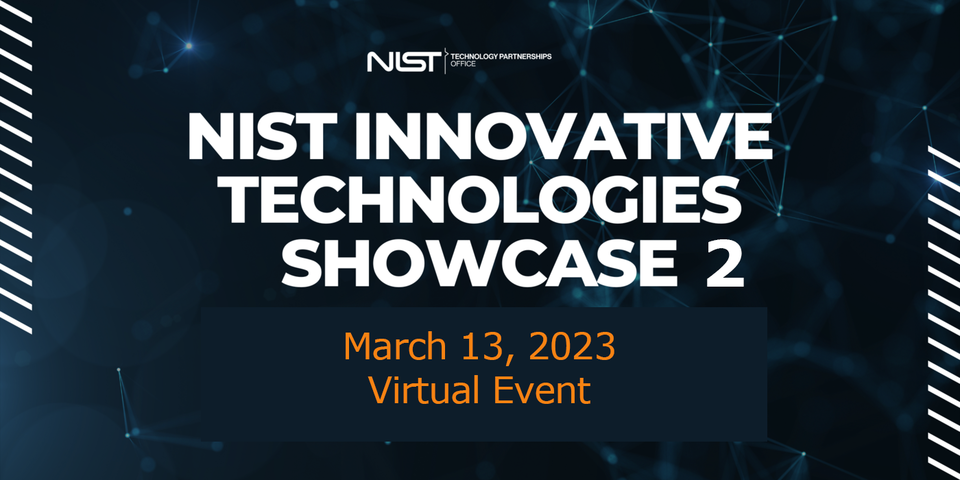
NIST’s second Innovative Technologies Showcase, a setting where three NIST researchers will present their latest and greatest technologies, is off to a hot start, a month before the event.
Nearly 900 inventors, scientists, engineers, scientists and potential commercial partners have so far registered to attend this technology transfer panel presentation. Every day brings new registrations to participate in the Exhibition on March 13thth 3:00 PM to 4:30 PM ET.
The extraordinary level of interest generated by this showcase, designed and hosted by the Technology Partnerships Office, demonstrates the broad recognition by the business community of the commercial and societal value of bringing NIST’s scientific research to market.
Three researchers from NIST’s Information Technology Laboratory (ITL) will present their technologies to Showcase attendees. These technologies are ready to move from the bench to the next step of commercialization.
David Ferraiolo is a computer scientist and head of the Secure Systems and Applications Group at ITL. His presentation Cybersecurity will be “A method and system for centralized ABAC policy management and local policy decisions and enforcement using access control lists.” The technology that has been developed David Ferraiolo, Gopi Katwala, and Serban I. Gavrila details the method which centrally manages Attribute-Based Access Control (ABAC) policies and locally computes and applies decisions about those policies to resource pools that are locally protected on host systems using host access control lists (ACLs). The method is based on an ABAC policy expression, based in part on objects and object attributes that meet enterprise access control rules, and uses the ABAC policy expression to import local repository representations into the ABAC system as objects and object attributes; Repositories can consist of individual files, directories, or other resources that require protection. The method then maintains the correspondence between the ABAC representations and local host system repositories. The method also uses the ability to perform policy analysis to formulate ACLs for those representations according to the ABAC policy and creates ACLs on repositories using the ACLs of their corresponding representations. As the ABAC policy configuration changes, the method updates the ACLs on the affected representations and automatically updates the corresponding ACLs on the local repositories. In practice, users attempt to access resources on local host systems, and ABAC policy is applied in terms of how to manage ACLs on those systems.
Mei Li Ngan, Computer Scientist at ITL The Access to Information section will present “A Methodology for Facial Morph Detection Using Multiple Face Recognition Algorithms”. Facial impersonation is a form of identity fraud that is a known vulnerability in automatic facial recognition and identity credentials such as passports that support facial recognition. Facial recognition algorithms will often mistakenly match a manipulated image (morph) with multiple people who contributed to the morph. This research developed a morph detection method that uses multiple face recognition algorithms to detect the presence of facial deformation and represents a new departure from other existing morph detection techniques. An approach developed by Mei Li Ngan, Kay Kwong Hanaoka, and Patrick Joseph Groder Generates reduce false discovery rates better than any conventional morph detection algorithm published in the academic literature and evaluated in independent third-party tests.
After discussing these technologies, the panel will describe how collaborative efforts with NIST researchers and licensing opportunities with NIST can be pursued and organized.
It Innovative Technologies Showcase programs advance NIST’s mission to bring federal science and technology research results from the laboratory to the marketplace.

